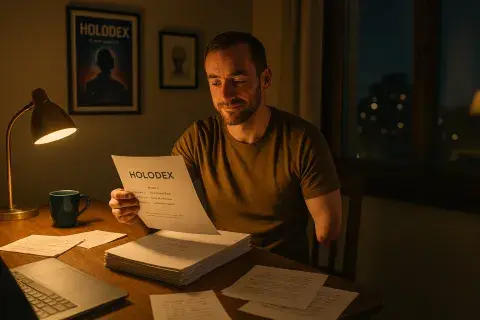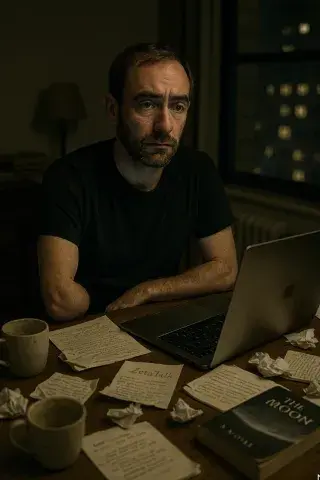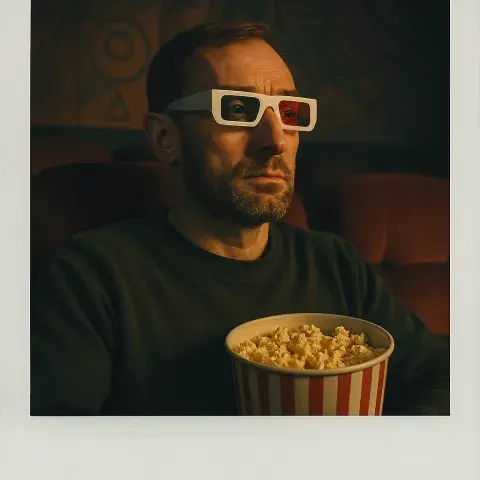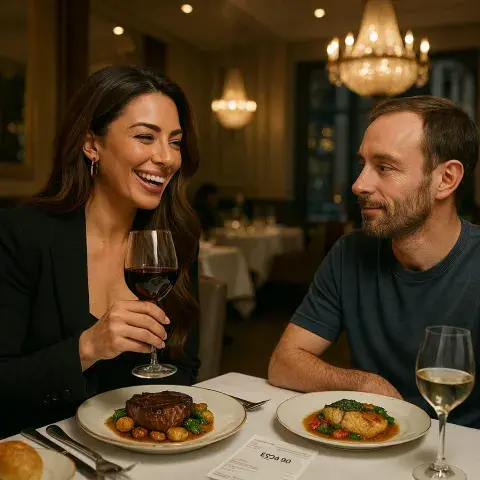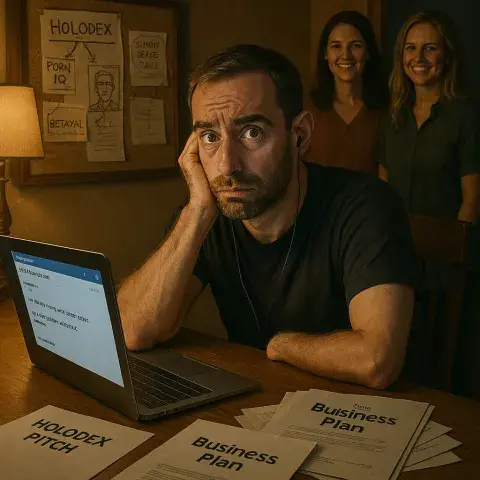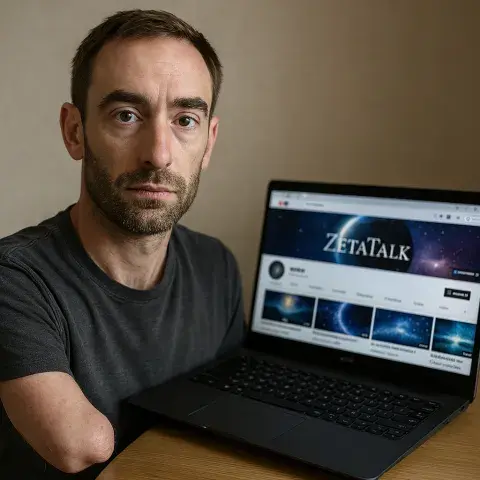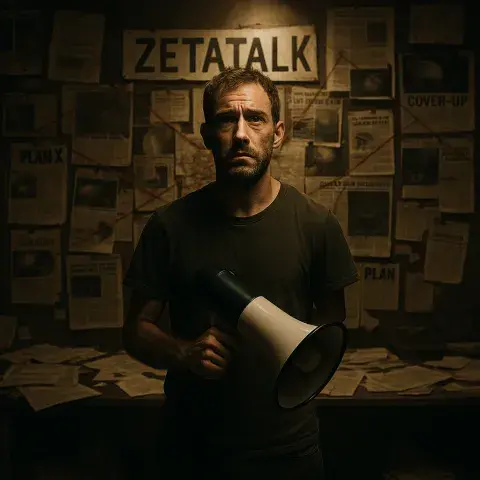Chapter 76 - Game
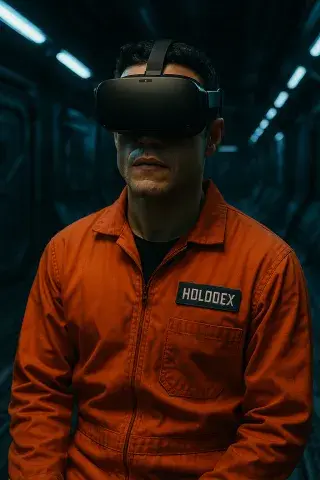
Before I knew it, I found myself diving headfirst into a new idea—one that felt both personal and incredibly innovative. Using ChatGPT, I began designing a futuristic VR game that would transport players to a time when space prisons housed the worst of society’s criminals. To confuse matters I also called it Holodex. Set aboard a massive, high-tech prison ship, this game wasn’t just about escape or survival—it was about managing the rehabilitation of digital inmates, almost like a high-tech Tamagotchi in a grim, dystopian setting.
For months, I poured everything into crafting the most immersive experience I could. I imagined a world where players would take on the role of a prisoner on board a prison ship traveling through deep space. Players would need to manage the inmate’s daily life—feeding them, ensuring they had rest, keeping them mentally engaged, and even addressing their moral development. This wasn’t just a virtual pet—it was a virtual person. The game would allow players to shape the inmate’s fate, making decisions that could rehabilitate or further break them.
The storytelling element was key. The narrative would unfold as players build relationships with the prisoners, uncover secrets about the prison ship’s past, and face the ethical dilemmas of running a futuristic prison. How do you treat someone who has committed heinous acts? Do they deserve rehabilitation or punishment? And how do you manage the growing tensions and moral grey areas that come with being in charge of other lives?
It was a blend of virtual pet care, life simulation, and deep moral questions wrapped up in an immersive, ever-evolving narrative. The aim was for players to feel the weight of every decision, every choice affecting not only the prisoner’s life but also their own personal development as a prison officer.
The game wasn’t meant to be binged. It wasn’t about sitting down for hours, escaping into another world. No—this was something different. Something alive.
You had to return, again and again, in short bursts—just like you would for a real person. The inmate wasn’t frozen in time waiting for you. They lived on a 24-hour real-time clock. When you took off the headset, they kept going. When you slept, they stayed awake. And if you forgot about them? If you missed too many check-ins, skipped meals, or let their mental health slip too far into the red? They could die. Just like that.
Then reality hit like a meteor: the budget to build this thing? Over three million dollars. The world I was building was complex, with intricate storylines, AI systems to simulate the lives of inmates, and a highly detailed VR environment that would need top-tier development. Every small detail—from the way the prisoners moved and interacted with their environment to how the ship itself felt alive—would take vast amounts of time and money to bring to life.
Despite the massive budget required, I couldn't shake the feeling that this could be one of the best game experiences ever made. The potential for innovation was incredible, combining not just gameplay, but also a thought-provoking experience that could push the boundaries of storytelling in video games.
But with the high cost of development, the next challenge was obvious: finding the funding to make it happen. It felt like a perfect storm of creative ambition meeting the harsh reality of financial constraints. And yet, even as I faced this overwhelming obstacle, I couldn’t help but believe in the potential of what I was creating—a game that could resonate deeply with players, blending the personal with the futuristic in ways that had never been done before.
Of course, I couldn’t resist. If there’s one thing I’ve learned about myself, it’s that I can’t just let an idea sit on paper. Once the concept for the game started to take shape, I felt compelled to bring it to life—at least partially. And what better way to do that than through film?
I decided to create a 30-minute short film for the game, something that would capture the essence of its world, characters, and themes. It was a way to show people what the game could be, not just tell them about it. But I knew that if I was going to do this, I had to go big. And by big, I mean casting Rami Malek again.
Rami didn’t just play the inmate—he became the ghost of our future selves. Watching it back, it wasn’t a game trailer. It was a warning.


